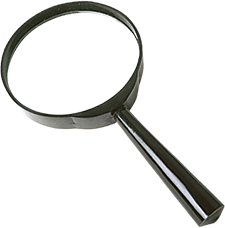
It is difficult to completely eliminate moisture on existing windows. Inefficient windows (e.g., single pane with aluminum frames) or high moisture with inadequate ventilation can result in condensation, frost, or pools of water on windows and sills. Moisture in the air condenses when it touches a cold surface. (The same effect causes a glass of ice tea to "sweat" on a hot humid day.) Continued excess moisture can lead to mold, mildew, and deterioration of your windows and sills.
Prescription Checklist:
To reduce humidity levels in your home:
- Use ventilation fans in kitchens and baths to control moisture.
- Your clothes dryer should be vented directly to the outside. Inspect the vent duct. Make sure it is attached securely to the dryer. Check that it is clear of obstructions (e.g. lint). Check for holes that leak air. If vent duct is damaged replace it with a metal duct. The vent duct should be cleaned at least once a year. The Consumer Products Safety Commission additional safety tips for dryer vents
 .
. - If you have single pane windows, especially with metal frames, install storm windows or consider replacing your existing windows with ENERGY STAR labeled windows.
- If you can't afford to add storm windows or replace your windows now purchase and install a shrink film or polyethylene sheet, window insulation kit from a home center or hardware store.
- If you have a humidifier, check it regularly for proper operation. It could be adding too much moisture to your indoor air.
Source: EnergyStar.gov
 Print
Print Email
Email







